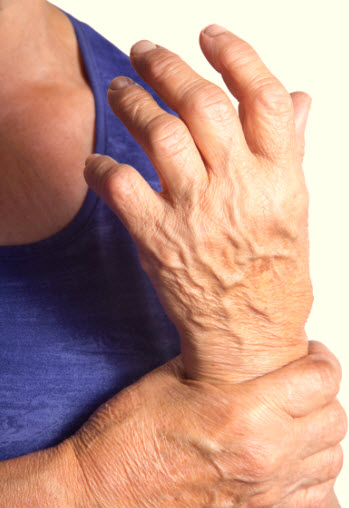While assisting clients with theirclinical development plans,and post-marketing studies, our team is witnessing a trend in designing RWE studies with both traditional and virtual elements. With growing interest in hybrid designs, Covance is exploring how we can help our clients incorporate their study objectives while evaluating a range of alternative options for evidence generation that enable faster, less resource intensive and more patient-centric, study execution.
In this second article in our series of three, learn how we collaborated with RWE professionals to create a unique RWE framework tool that can help your teams with study planning in today’s rapidly evolving environment.
A movement toward virtual studies
With the increasing availability and cost-effectiveness of wearable devices and online platforms, we’re seeing an explosion of new tools and technologies for RWE generation. Patient-centric collection methods can also be more accurate in terms of how the data are captured. In addition, many researchers are using electronic platforms to capture and/or to link data in novel ways that allow studies to be performed faster and with fewer resources.
With emerging interest in moving toward virtual studies, partially virtual studies, or hybrid designs, implementing multiple approaches requires careful consideration of key factors, such as research objectives, outcomes of interest and available data sources, all of which shape how a study is designed.
After examining these disparate sources and their role in RWE generation, we recommend a holistic approach that considers study objectives and the range of alternative options for evidence generation.
With this context in mind, we worked with other RWE researchers to develop and pilot test a decision tool to help teams with RWE study planning.
Development of the RWE Framework
The development process for the RWE framework tool[1] started with a literature review of Embase and MEDLINE searches over the past 10 years. We looked for available decision tools or visual aids on best practices for planning or conducting RWE studies. We also supplemented this search with online searches of relevant organizations.
Through this search, we found few published RWE study design decisions or visual aids and most of the documents in the literature or online sources focused on a subset of the RWE study types. This search solidified our decision to create a concise tool that could support step-by-step decision making about RWE study design in a team environment.
To construct the framework, we organized the RWE study planning processes in a logical, chronological sequence to create a flow diagram. Then we added an infographic-like design and instructions based on a “questions and answers” framework, which was refined after meeting with internal advisory panels.
飞行员testing involved RWE professionals from nine European countries and several multidisciplinary teams in RWE, Medical Science, Drug Safety, Epidemiology, Regulatory, R&D and Market Access, and group exercises based on actual case studies.
RWEMulti-Step Decision Process
- Research objective(s)
- Product approval status
- Study conduct
- Outcomes of interest
- Data availability in routine practice
- Need for primary data collection and randomization
- Using the RWE Framework Tool
With a design that captures the multi-step decision process, the RWE framework tool (www.RWEFramework.com), includes six main questions to specify the study objectives and find the best solution to conduct a RWE study. The tool also includes instructions and checklists as its leaders – the users – through planning exercise and provides background information key definitions.
Starting with the defining research objective, the tool leads through further questions to ascertain whether the study is a RWE study and to define specific outcomes of interest end points, and relevant regulatory requirements. The final questions address whether the team could consider primary data collection, secondary data analysis or both and provide guidance on different potential study types and designs.
Putting the tool in practice
In the drug development process, there are many concurrent activities related to commercialization, value communication and evidence generation. Our team believes that this RWE tool could be used to support the interplay and the coordination among multidisciplinary teams on these activities.
We envision that teams could use the tool to facilitate discussions about what they are planning for RWE, how to collaborate and learn from interim results, and, perhaps, to how to find efficiencies in terms of RWE generation across the product lifecycle.
In the next article in this series, learn more about how thisRWEframework toolwas applied to a few case studies to support decision making in the RWE generation and study design process.
Be sure to check out the webinar“Enhancing Study Design with a Real World Evidence Tool.”If you have questions about the framework and/or would like to speak with a Covance Market Access and RWE specialist about your needs,contact us.
Missed our first article in the RWE series? Read it here.
[1] Xia A, Schaefer C, Szende A, Jahn E, Dunlop W. Development of a Real World Evidence Study Design Tool. Poster presentation at ISPOR 21st Annual European Congress, Barcelona, Spain, November 10-14, 2018.










